The rediscovery of Sophie Alstrom Mitchell’s 19th-century wildflower paintings brings a forgotten Napa Valley artist back into bloom.
NAPA VALLEY, Calif. — Local 19th-century botanical painter Sophie Alstrom Mitchell and her watercolors are being celebrated as the featured exhibit at the Napa Valley Museum Yountville, on display now through Sept. 28. Mitchell, who grew up in Napa Valley, vividly documented more than 150 varieties of indigenous wildflowers, using a technique that produced a striking three-dimensional effect. Her paintings — and her life — carry a backstory with a touch of mystery.
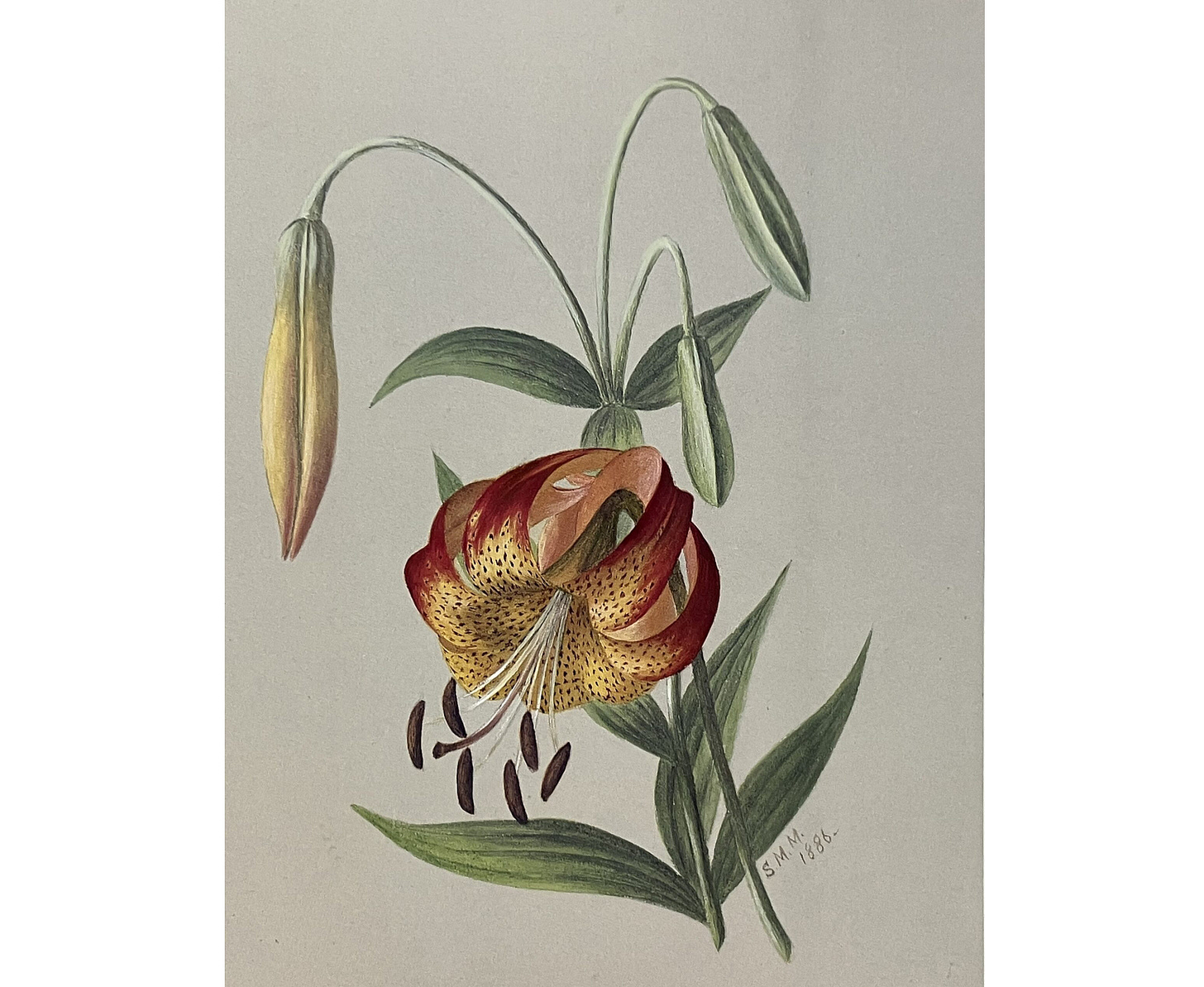
The artist's journey began in Karlshamn, Sweden, where she was born Sophie Marie Nordstrom on Oct. 18, 1858. Her father, Johan Nordstrom, a noted textile designer, died before her birth. Her 19-year-old mother, Marie Dorothea Bremberg Nordstrom, faced hardship until a family friend, Sven Ahlstrom, stepped in. Having emigrated to Boston in 1851, Sven arranged for Marie and baby Sophie to join him in California. The pair arrived in San Francisco on June 28, 1860, and soon after, Marie and Sven married. Whether formally adopted or otherwise, Sophie would become known as Sophie Alstrom.
Sven left his seafaring life — he had held the rank of captain — and became a hotel porter, eventually managing and co-owning the prestigious Oriental Hotel in San Francisco. The hotel doubled as the family’s home until March 1862, when they moved to Napa Valley. Here Sven purchased the White Sulphur Springs Hotel, a popular resort located west of St. Helena that catered to Bay Area elites. At the time, the property was isolated and accessible only by wagon or stagecoach until the Napa Valley Railroad arrived in 1868.
As the family grew — Marie would give birth to 11 children, seven of whom survived infancy — Sophie found her calling. Inspired by the natural beauty of the resort and encouraged by Sven’s stewardship of the land, she developed a fascination with wildflowers. Sven built trails throughout the property to highlight the native flora, instilling in guests and family alike a deeper appreciation for the environment.
Sophie’s talent for art also emerged during this period. She refined her technique at the Young Ladies Seminary on Seminary Street in Napa, a finishing school known for its fine arts program. Sophie graduated in 1872 and returned in 1879 as an assistant art instructor. She also taught drawing and painting in St. Helena.
Her process was meticulous. She began by arranging flowers either as a single specimen or a cluster, often combining species that didn’t naturally grow together to form imaginative yet believable still lifes. She painted with fine-gauge camel’s-hair brushes on imported gray-green English paper. Each 9-by-12-inch piece began with a white base coat followed by layered transparent watercolors that captured the exacting botanical details of each bloom. Her work achieved a rare lifelike quality. She signed each piece with her initials — SMA (Sophie Marie Alstrom) until 1883, and SMM after marrying Rev. James Mitchell.
Mitchell, a Presbyterian minister 17 years her senior, had emigrated from Ireland and was serving the Calistoga parish when they married. He later founded the St. Helena First Presbyterian Church in 1875, remaining its pastor for 43 years. He supported Sophie’s artistry throughout their marriage. While traveling for his ministry, he often brought home wildflower specimens for her to paint. The couple lived in a small house near the church with their two sons, John (born 1884) and James (1889).
Sophie’s work earned acclaim during her lifetime. In 1894, her paintings were exhibited at the California Midwinter International Exposition at Golden Gate Park in San Francisco, where critics praised her artistry. One peer wrote, “Sophie Mitchell is the master of watercolors and excels in the wildflowers of our state.”
Yet despite her talent, her legacy faded after her death on Aug. 30, 1940, at age 81. Before she died, 64 of her paintings were sold. Eventually Sophie’s paintings ended up forgotten in a New England attic. It is unknown as to how that came about.
In 1976, the collection, signed only with initials, was rediscovered, but the origins of the paintings remained unclear. A scrapbook offered scant clues. The finders, recognizing the works’ quality and potential significance, sent them to the Haydn Foundation for the Cultural Arts in Ardsley, New York. Curators there identified the plant species as California natives and sent the collection to the Santa Barbara Botanical Garden, where staff confirmed that the flowers were specific to north-central California — but the artist remained unidentified.
Then fate intervened. A curator from the St. Helena-based Silverado Museum (also known as the Robert Louis Stevenson Museum) happened to visit Santa Barbara. Upon viewing the paintings, she recognized their style. Her subsequent research led to Sophie’s descendants, who confirmed the works’ authorship. The family had known of only 38 paintings — unaware of the 64 rediscovered pieces.
With the artist identified, the Napa Valley Museum raised funds to acquire the entire collection from the Haydn Foundation. By 1982, the paintings had returned home. Her contribution to botanical art, and to the cultural and artistic history of Napa Valley, was once again acknowledged.
The current exhibit highlights Mitchell’s technical brilliance, her reverence for California’s native flora, and her important place in both regional and artistic history.
More information is available at NapaValleyMuseum.org.
—
Rebecca Yerger is a local historian, historic preservation consultant, writer and Napa Valley native.
Poems of the Day
To The Same Flower (Second Poem)
By William Wordsworth
With little here to do or see
Of things that in the great world be,
Daisy! again I talk to thee,
For thou art worthy,
Thou unassuming Common-place
Of Nature, with that homely face,
And yet with something of a grace,
Which Love makes for thee!
Oft on the dappled turf at ease
I sit, and play with similies,
Loose types of things through all degrees,
Thoughts of thy raising:
And many a fond and idle name
I give to thee, for praise or blame,
As is the humour of the game,
While I am gazing.
A nun demure of lowly port;
Or sprightly maiden, of Love's court,
In thy simplicity the sport
Of all temptations;
A queen in crown of rubies drest;
A starveling in a scanty vest;
Are all, as seems to suit thee best,
Thy appellations.
A little cyclops, with one eye
Staring to threaten and defy,
That thought comes next--and instantly
The freak is over,
The shape will vanish--and behold
A silver shield with boss of gold,
That spreads itself, some faery bold
In fight to cover!
I see thee glittering from afar--
And then thou art a pretty star;
Not quite so fair as many are
In heaven above thee!
Yet like a star, with glittering crest,
Self-poised in air thou seem'st to rest;--
May peace come never to his nest,
Who shall reprove thee!
Bright 'Flower'! for by that name at last,
When all my reveries are past,
I call thee, and to that cleave fast,
Sweet silent creature!
That breath'st with me in sun and air,
Do thou, as thou art wont, repair
My heart with gladness, and a share
Of thy meek nature!
About the author: William Wordsworth (1770–1850) was one of the central figures of the English Romantic movement and is widely regarded as a foundational voice in modern poetry. Born in England’s Lake District, Wordsworth drew deep inspiration from the natural world, often writing about ordinary subjects with emotional depth and philosophical reflection. His early collaboration with Samuel Taylor Coleridge on "Lyrical Ballads" (1798) marked a turning point in English literature, emphasizing everyday language and the beauty of lived experience.
Throughout his career, Wordsworth maintained a reverence for nature as both teacher and companion. His poems often explore themes of memory, solitude, renewal and the passage of time. Later named poet laureate of Britain, he continued to write until his death in 1850. "To the Same Flower (Second Poem)" exemplifies his ability to find meaning in the quiet and overlooked.
Are you a poet, or do you have a favorite piece of verse you'd like to share? Napa Valley Features invites you to submit your poems for consideration in this series. Email your submissions to napavalleyfeatures@gmail.com with the subject line: "Poem of the Day Submission." Selected poets will receive a one-year paid subscription to Napa Valley Features (a $60 value). We can’t wait to hear from you.
Today’s Caption Contest
Pick your favorite caption or add your own in the comments below.
Possible Captions:
“They clipped me back — but I came back blooming.”
"This isn’t just about pollination — it’s about validation."
"I lost three petals before I found my center."
“Sometimes you have to be repotted to thrive.”
“Photosynthesis is easy. Vulnerability? That took root work.”
Last week’s contest results
In “Sunday E-dition: Sailing Through History,” the winning caption was, “Last night was historic. This morning is just ridiculous,” with 29% of the votes.
“Technically, this is all-inclusive.”
“If that statue starts talking, I’m going back to bed.”
“Last night was historic. This morning is just ridiculous.”
“I knew I shouldn't have skipped the orientation.”
“He did say he was between empires right now.”
Last Week
Last week Tim Carl highlighted the importance of “Lunch With a Vet” as part of broader Memorial Day reflections. The gatherings, held at the Veterans Home of California in Yountville, bring together town residents and veterans for informal meals aimed at fostering connection. Initiated by community volunteer Iren Aslanian Jenny and supported by Councilmember Pam Reeves, the events offer a quiet response to the isolation that followed a 2018 shooting and the COVID-19 pandemic. Veterans and residents described the lunches as a way to rebuild community ties and restore a sense of belonging.
Georgeanne Brennan recounted her journey through historic Adriatic ports in "Sailing Through History," describing an eight-day Viking cruise from Venice to Athens. Brennan reflected on Venice’s enduring splendor, sampled oysters in Mali Ston Bay, and traced layers of empire through Split, Dubrovnik and Kotor. In Corfu, she visited a cliffside monastery, while in Athens she explored the ancient Agora before dining with views of the Acropolis. Throughout the trip, she highlighted the deep historical and culinary ties between Old World Europe and her home in Northern California. The article blended travelogue with historical insight, emphasizing discovery over itinerary.
Marcy Nielsen-Berruezo explored the benefits of using native plants in home gardens in "Native Plants Can Bring Ease and Beauty to Your Home Garden." She explained how selecting species adapted to Napa County's varied microclimates can reduce the need for water, chemicals and maintenance, while supporting local wildlife. Nielsen-Berruezo emphasized the importance of choosing the right plant for the right place by matching garden conditions to a plant’s natural habitat. She also highlighted the growing popularity of California natives like sages, manzanitas and ceanothus in climate-conscious landscapes. Her practical advice was complemented by upcoming workshops and events from the UC Master Gardeners of Napa County.
Kathleen Scavone warned of the growing threat posed by invasive golden mussels in "Invasive Golden Mussels Threaten Napa County." Although the species has not yet been detected locally, proactive measures such as boat launch closures at Lake Hennessey and strict decontamination protocols at Lake Berryessa have been implemented. Scavone detailed the mussels’ resilience and potential to disrupt ecosystems and infrastructure, highlighting how their adaptability outpaces even other invasive species. Agencies across California are coordinating containment efforts, including public outreach and inspections. The article emphasized the need for vigilance to protect key local water sources and recreational areas.
The Napa Valley Features editors shared insights from more than 1,000 reader responses in “Wine Chronicles: The 2025 Reader Poll Snapshot.” The piece offered a data-driven look at evolving concerns and preferences among readers during Dan Berger’s brief hiatus. Key takeaways included strong support for cabernet franc and dry chenin blanc, frustration over inflated wine prices, waning brand loyalty and a growing desire for transparency in labeling. Readers also voiced skepticism toward marketing hype and a preference for wines with balance and food compatibility. The column painted a portrait of a thoughtful, discerning and deeply engaged wine community.
Anne Ward Ernst profiled 17-year-old guitarist Bella Rayne in "Youthful Old Soul Guitarist on the Rise," highlighting her upcoming debut at BottleRock Napa Valley. Rayne, who taught herself to play guitar during the pandemic, began by exploring ’90s grunge before unexpectedly embracing the music of the Grateful Dead. Her talent has earned the attention of prominent musicians, including Susan Tedeschi, who praised her improvisational style. Rayne’s band for BottleRock includes a lineup of seasoned performers, and she continues to develop her unique sound, blending diverse influences from punk to Southern rock. Her onstage presence and growing reputation suggest a promising musical future.
—




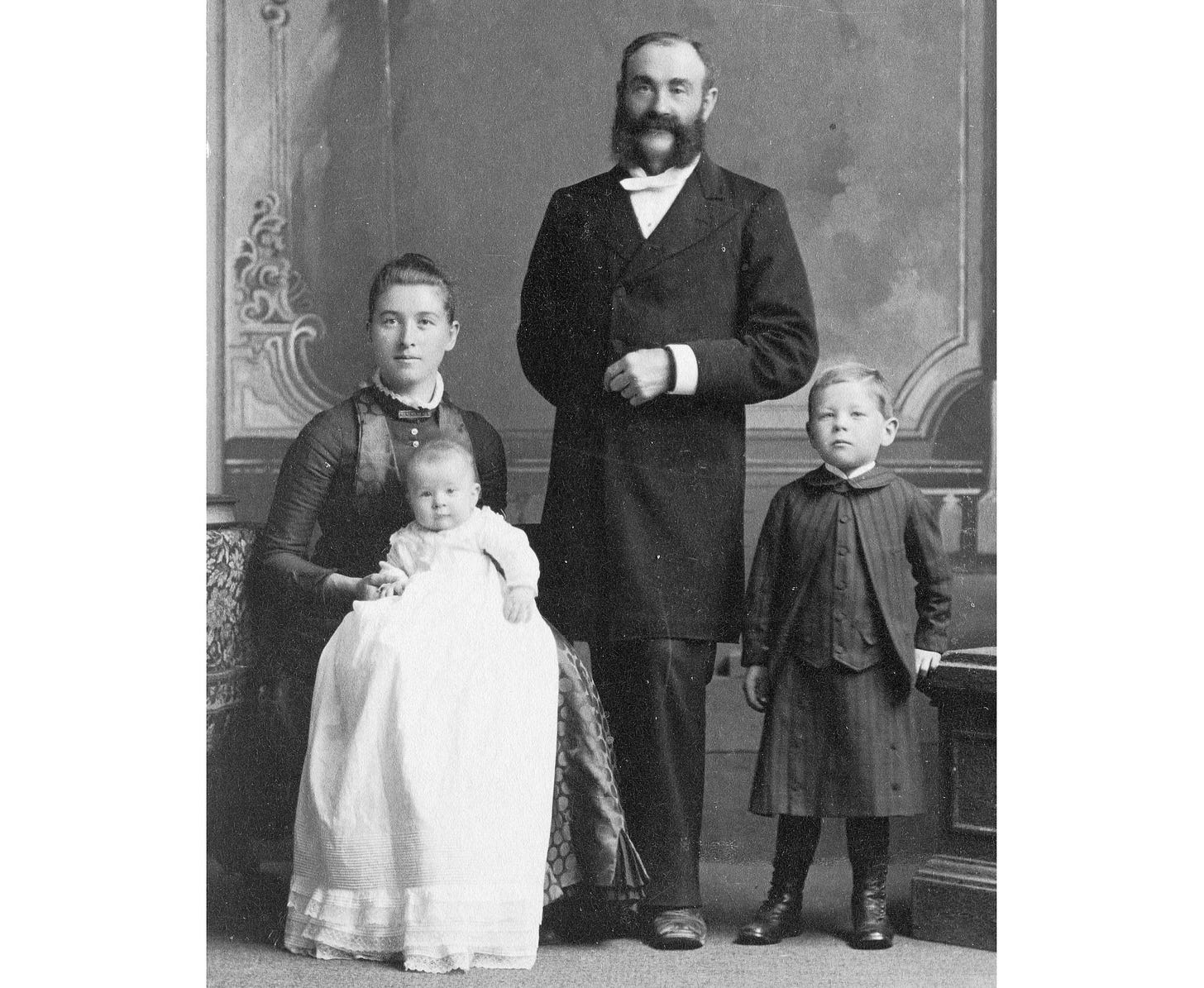
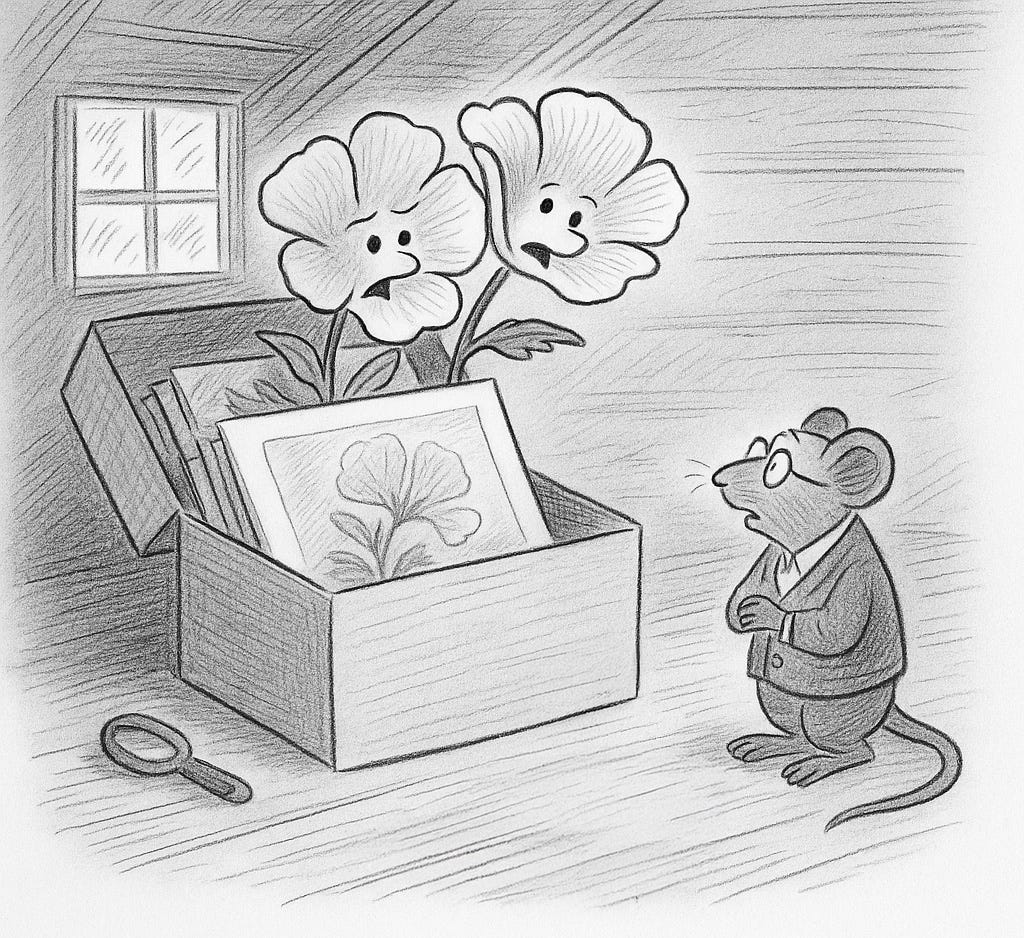


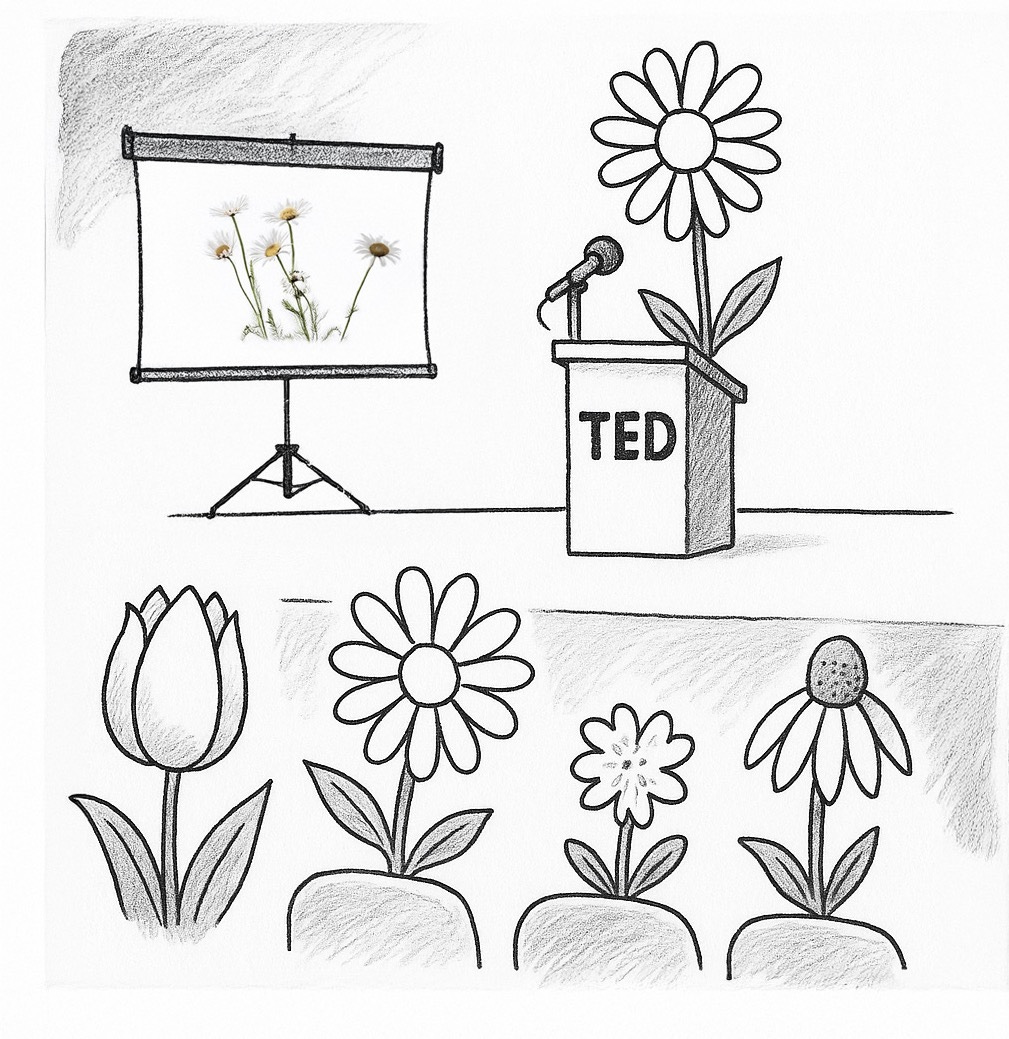
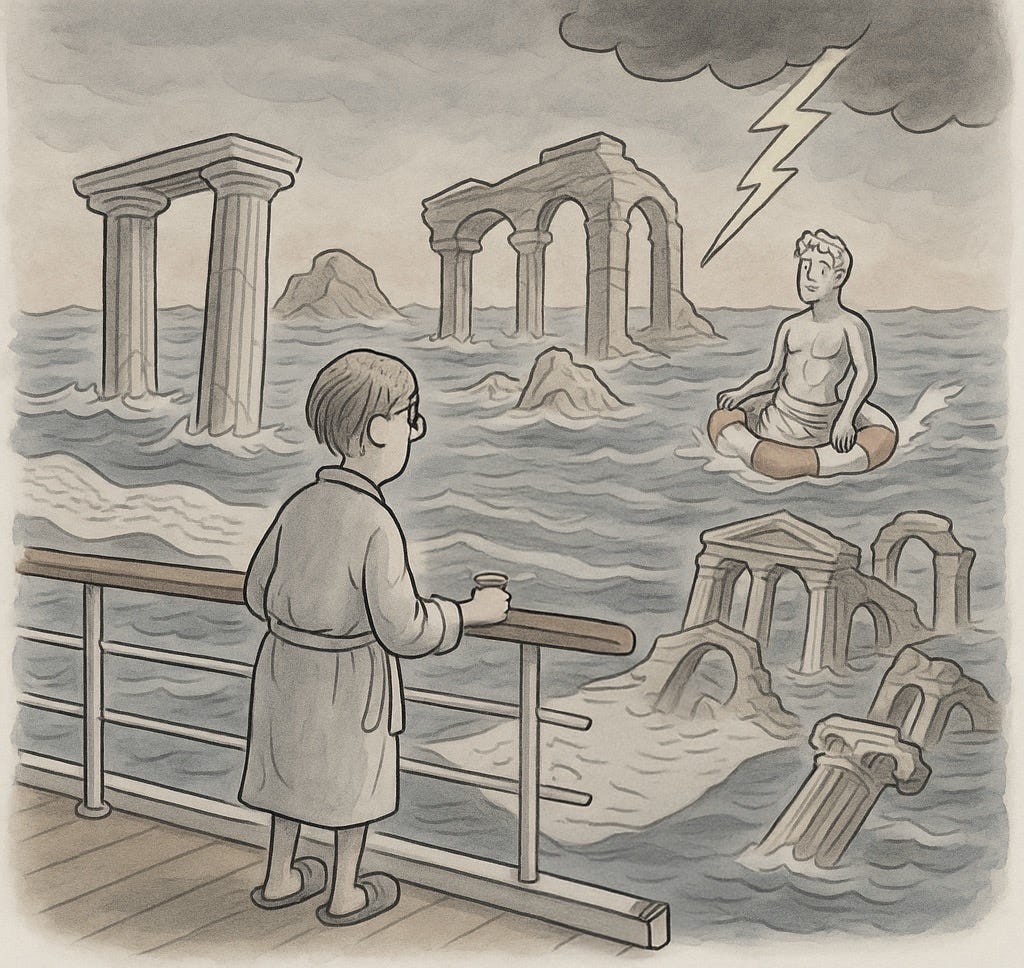
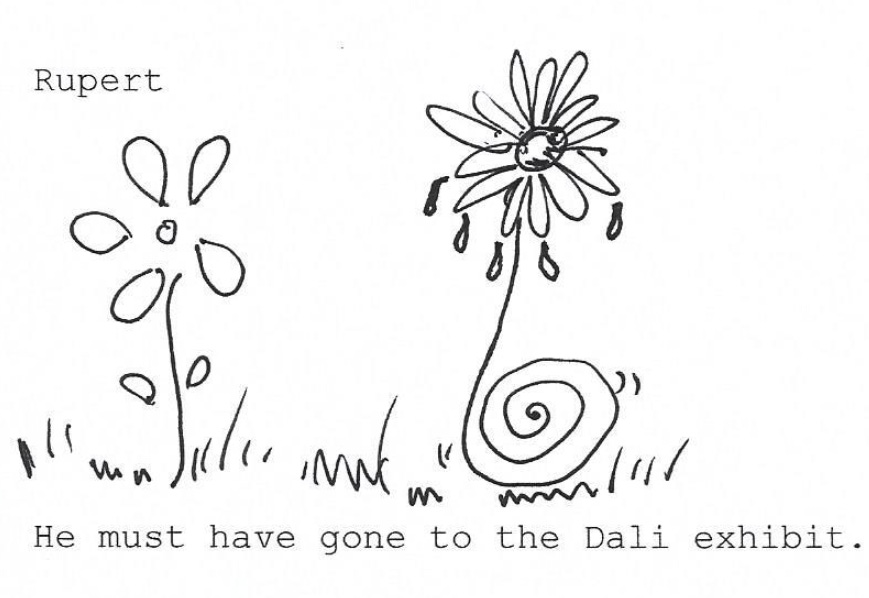
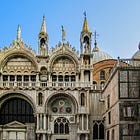


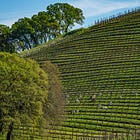
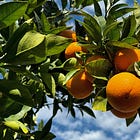



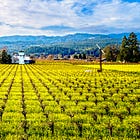
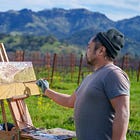
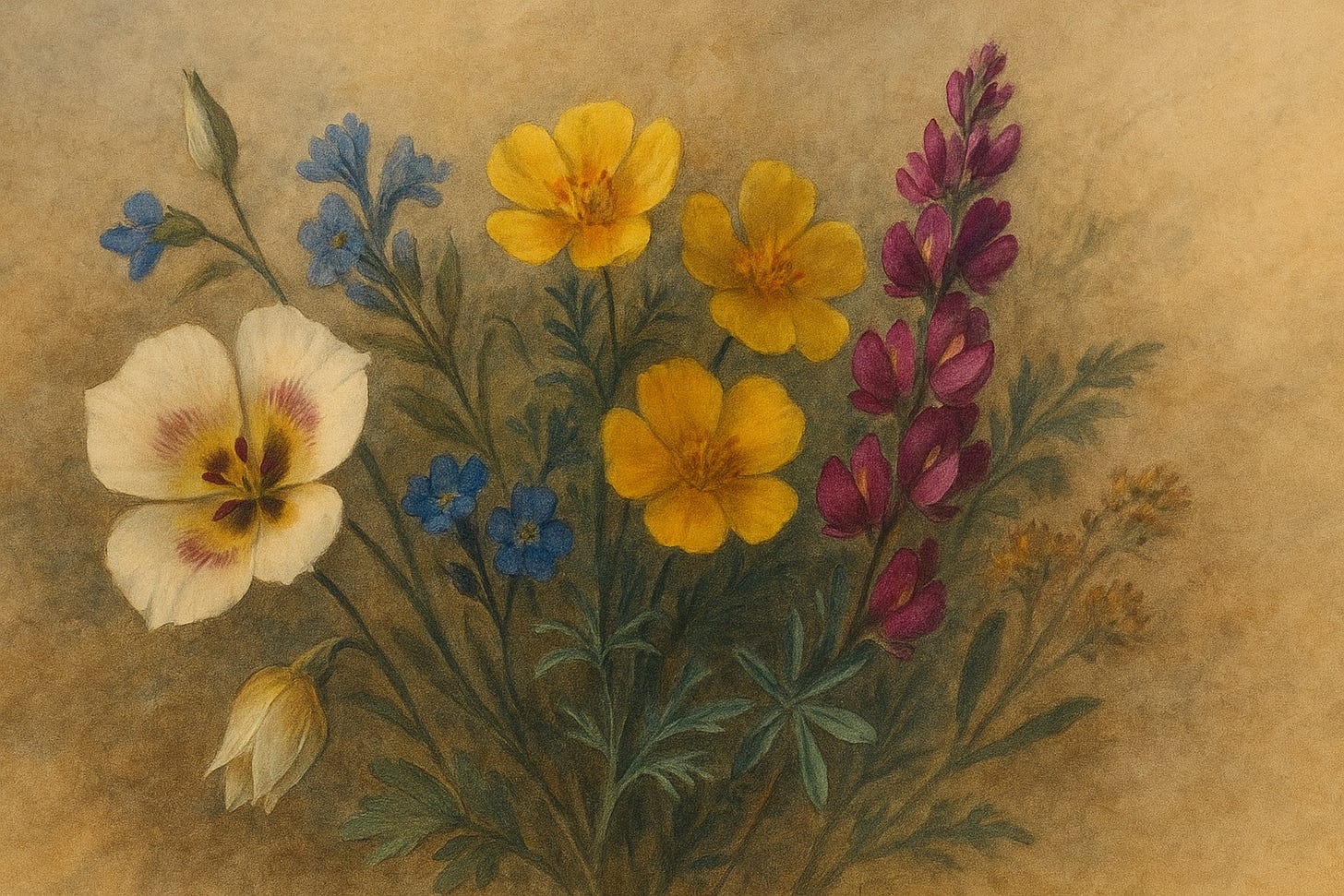
Have you seen floral water colors by St. Helena longtime resident Diana Stockton? They are also stunning…Perhaps worthy of a feature….Diana Stockton..707478-9825 // stems@coloredwater.net….She is also editor of Napa Valley Wine Library at Editor@napawinelibrary.com…With her deep roots in Napa Valley and multi-faceted life, probably she’d be a good story…
Excellent story, Rebecca!